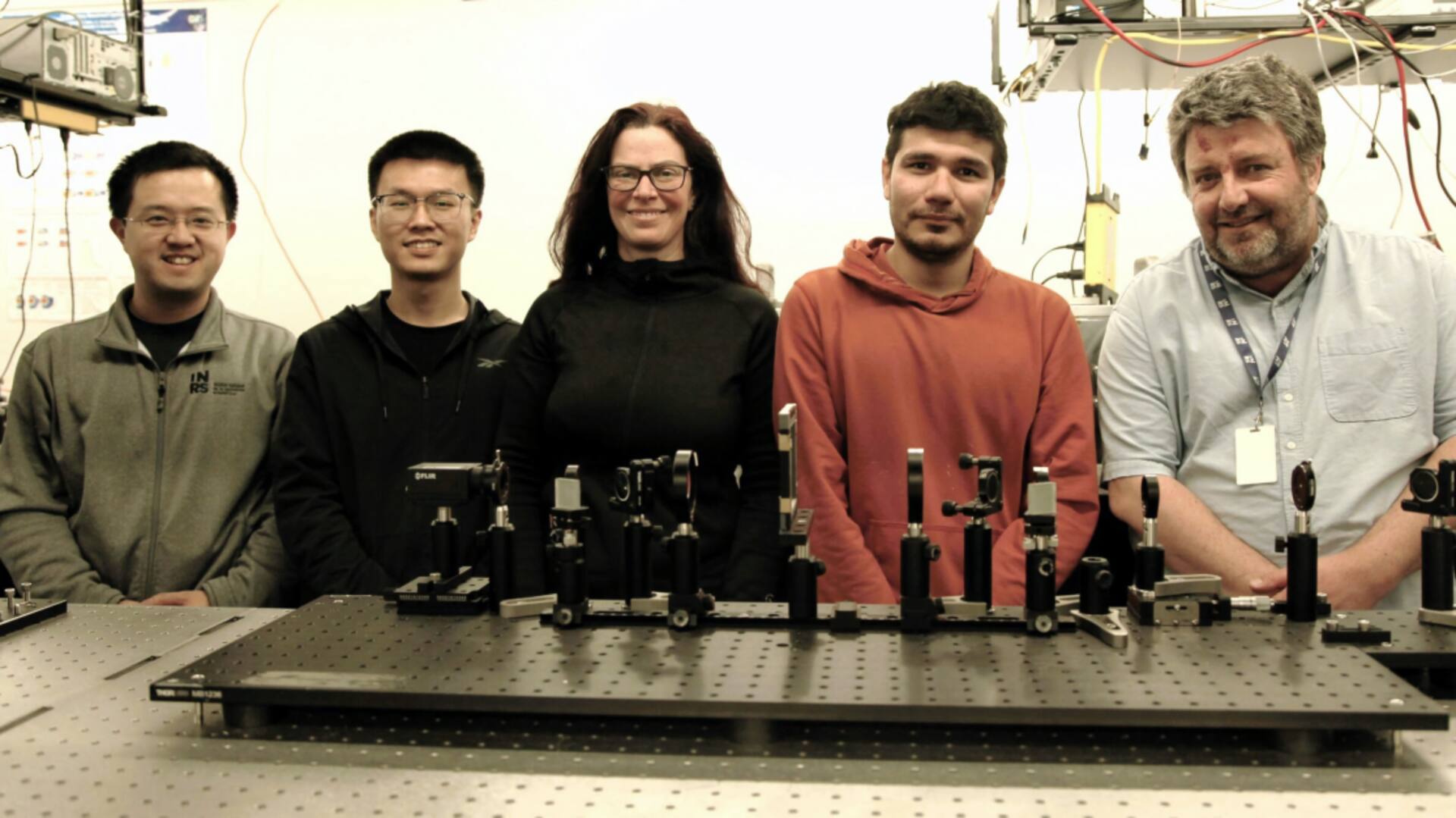
This revolutionary ultrafast camera records 156.3 trillion frames per second
What's the story
A team of scientists has unveiled an ultrafast camera, known as SCARF (swept-coded aperture real-time femtophotography), that can capture images at a staggering rate of 156.3 terahertz (THz). In simpler terms, this means the camera can record 156.3 trillion frames every second. The research was spearheaded by Professor Jinyang Liang from a renowned Canadian research institute, INRS. The team has already utilized SCARF to record ultrafast occurrences that are typically too brief for existing scientific sensors to detect.
Possibility
SCARF's potential to transform various fields
The extraordinary speed of SCARF could bring about significant changes in fields that study micro-events, which are currently inaccessible to even the most sophisticated scientific sensors. The camera has been successfully used to record ultrafast events such as changes in semiconductors and alterations in metal alloys. Liang believes this technology could pave the way for advancements in areas like shock wave mechanics, and the creation of more effective medicines.
How's it better
SCARF surpasses traditional ultrafast cameras
Traditional ultrafast cameras capture frames one after another, but SCARF bypasses this limitation. Liang pointed out that certain phenomena like femtosecond laser ablation, shock-wave interaction with living cells, and optical chaos cannot be studied using the sequential approach. Instead, SCARF's imaging technique allows for ultrafast sweeping of a static coded aperture without distorting the ultrafast event, offering a more detailed view of these transient occurrences.
Technology
Understanding SCARF's innovative imaging technique
SCARF employs a computational imaging technique that captures spatial information by letting light enter its sensor at slightly varying times. This process allows the camera to record extremely fast "chirped" laser pulses up to 156.3 trillion times per second. The raw data from the images can then be processed using a computer algorithm that deciphers the time-staggered inputs, converting each of the trillions of frames into a comprehensive image.
Future
SCARF's efficiency and market prospects
Despite its advanced features, SCARF achieves its performance using readily available and passive optical components. The team characterizes the camera as cost-effective with low power consumption, and superior measurement quality compared to existing methods. While the primary focus is on research, the team is partnering with two companies, Axis Photonique and Few-Cycle, to create commercial versions of the camera for use by other educational or scientific institutions.